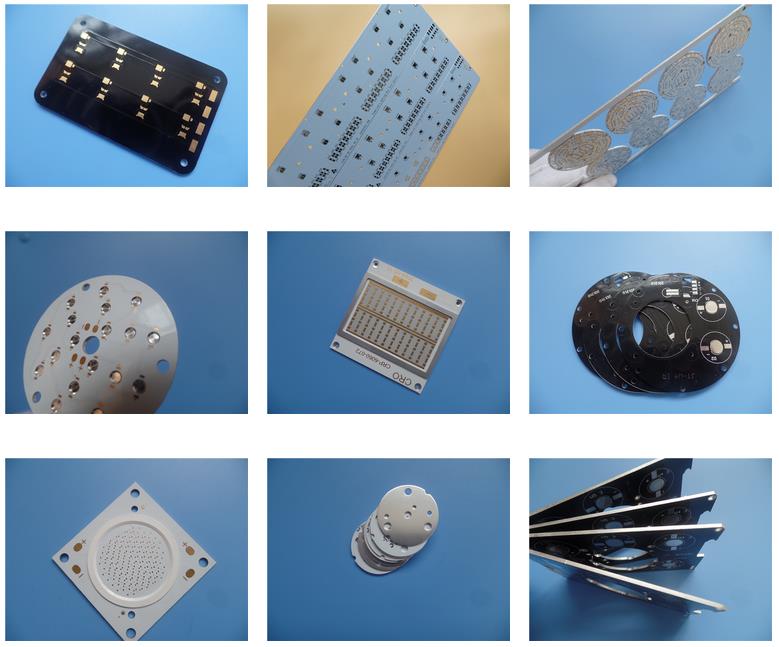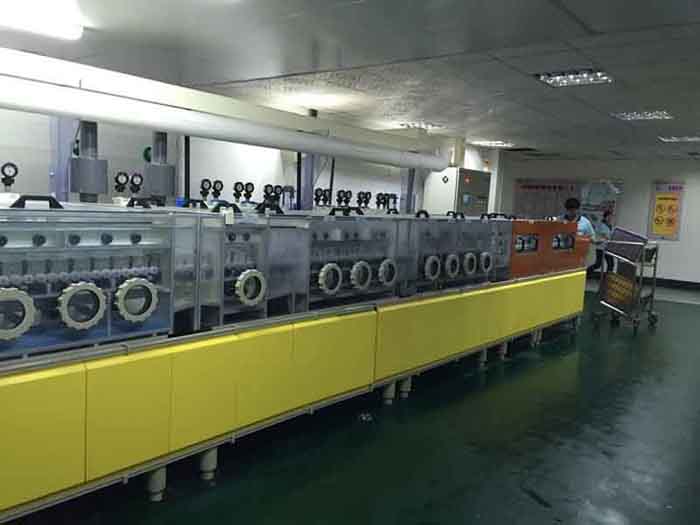| Surface Finishing: | Immersion Gold |
|---|---|
| Board Thickness: | 0.25mm |
| Copper Thickness: | 35um |
| Base Material: | Polyimide |
| Brand Name: | Bicheng Enterprise Limited |
| Min. Line Spacing: | N/A |
| Min. Line Width: | N/A |
| Min. Hole Size: | N/A |
| Model Number: | BIC-270-V270 |
| Place of Origin: | China (Mainland) |
| Coverlay Colour: | Yellow |
| Color of Silkscreen: | W |
| Function: | 100% Pass electrical test |
Quick Details
Specifications
Clarifications of FPC
According to the combination of base material and copper foil, flexible circuit board can
Be divided into two types: flexible board with adhesive and flexible board without adhesive.
the price of non-adhesive flexible PCB is much higher than that of adhesive flexible PCB,
but its flexibility, bonding force between copper foil and substrate and flatness of solder
Are also better than that of adhesive flexible PCB. So it is only used in the high demand
Situations, such as the: COF (CHIP ON FLEX, flexible board with bare chip, the high flatness
of the pad) and so on. Because its price is high, most of the flexible PCBs used in the market
Are still adhesive flexible circuit board. Because the flexible circuit board is mainly used in the
Situation where bending is required, if the design or process is not reasonable, it is easy to
Produce micro-cracks, welding and other defects.
Economy of using FPC
If the circuit design is relatively simple, the total volume is small, and the space is suitable,
the traditional internal connection is much cheaper. Flexible circuits are a good design option
If the circuit is complex, processes many signals or has special electrical or mechanical
Requirements. When the size and performance of applications exceed the capacity of rigid
Circuits, flexible assembly is the most economical. A 12mil pad with a 5mil through hole
and a flexible circuit with 3mil lines and spacing can be fabricated on a thin film. Therefore,
It is more reliable to mount the chip directly on the film. There is no flame retardant that
Could be an ion source. these films may be protective and solidified at higher temperatures
to obtain higher glass transition temperatures. Flexible materials are less costly than rigid
Materials because they are free of connectors.
FPC Case: Double Sided Flexible PCBs from Shenzhen
Polyimide PCBs with 0.25mm thick
(FPC's are custom-made products, the picture and parameters shown are just for reference)
General description
this is a type of flexible printed circuit for the application of Access Systems. It's a 2 layer
FPC at 0.25mm thick. the base laminate is from ITEQ, It's fabricated per IPC 6012 Class
2 using supplied Gerber data. Polyimide stiffener is applied on the inserting part.
Parameter and data sheet
Features and benefits
Excellent flexibility
Reducing the volume
Weight reduction
Consistency of assembly
Increased reliability
Controllability of electrical parameter design
the end can be whole soldered
Material optionality
Low cost
Continuity of processing
Competitive price
Customer complaint rate: <1%
Application
Flexible flat cable, flex keyboard, Tablet PC module soft board
Variety of PCBs

Developing line

According to the combination of base material and copper foil, flexible circuit board can
Be divided into two types: flexible board with adhesive and flexible board without adhesive.
the price of non-adhesive flexible PCB is much higher than that of adhesive flexible PCB,
but its flexibility, bonding force between copper foil and substrate and flatness of solder
Are also better than that of adhesive flexible PCB. So it is only used in the high demand
Situations, such as the: COF (CHIP ON FLEX, flexible board with bare chip, the high flatness
of the pad) and so on. Because its price is high, most of the flexible PCBs used in the market
Are still adhesive flexible circuit board. Because the flexible circuit board is mainly used in the
Situation where bending is required, if the design or process is not reasonable, it is easy to
Produce micro-cracks, welding and other defects.
Economy of using FPC
If the circuit design is relatively simple, the total volume is small, and the space is suitable,
the traditional internal connection is much cheaper. Flexible circuits are a good design option
If the circuit is complex, processes many signals or has special electrical or mechanical
Requirements. When the size and performance of applications exceed the capacity of rigid
Circuits, flexible assembly is the most economical. A 12mil pad with a 5mil through hole
and a flexible circuit with 3mil lines and spacing can be fabricated on a thin film. Therefore,
It is more reliable to mount the chip directly on the film. There is no flame retardant that
Could be an ion source. these films may be protective and solidified at higher temperatures
to obtain higher glass transition temperatures. Flexible materials are less costly than rigid
Materials because they are free of connectors.
FPC Case: Double Sided Flexible PCBs from Shenzhen
Polyimide PCBs with 0.25mm thick
(FPC's are custom-made products, the picture and parameters shown are just for reference)
General description
this is a type of flexible printed circuit for the application of Access Systems. It's a 2 layer
FPC at 0.25mm thick. the base laminate is from ITEQ, It's fabricated per IPC 6012 Class
2 using supplied Gerber data. Polyimide stiffener is applied on the inserting part.
Parameter and data sheet
| Size of Flexible PCB | 20.22 X 232.47mm |
| Number of Layers | 2 |
| Board Type | Flexible PCB |
| Board Thickness | 0.25mm |
| Board Material | 25m |
| Board Material Supplier | ITEQ |
| Tg Value of Board Material | 60 |
| PTH Cu thickness | 20 m |
| Inner Iayer Cu thicknes | N/A |
| Surface Cu thickness | 35um |
| Coverlay Colour | Yellow |
| Number of Coverlay | 2 |
| Thickness of Coverlay | 25 m |
| Stiffener Material | Polyimide |
| Stiffener Thickness | 0.2mm |
| Type of Silkscreen Ink | IJR-4000 MW300 |
| Supplier of Silkscreen | TAIYO |
| Color of Silkscreen | White |
| Number of Silkscreen | 2 |
| Peeling test of Coverlay | No peelable |
| Legend Adhesion | 3M 90 No peeling after Min. 3 times test |
| Surface Finish | Immersion Gold |
| Thickness of Nickle/Gold | Au: 0.03m(Min.); Ni 2-4m |
| RoHS Required | Yes |
| Famability | 94-V0 |
| Thermal Shock Test | Pass, -25125, 1000 cycles. |
| Thermal Stress | Pass, 3005,10 seconds, 3 cycles. No delamination, no Blistering. |
| Function | 100% Pass electrical test |
| Workmanship | Compliance with IPC-A-600H & IPC-6013C Class 2 |
Features and benefits
Excellent flexibility
Reducing the volume
Weight reduction
Consistency of assembly
Increased reliability
Controllability of electrical parameter design
the end can be whole soldered
Material optionality
Low cost
Continuity of processing
Competitive price
Customer complaint rate: <1%
Application
Flexible flat cable, flex keyboard, Tablet PC module soft board
Variety of PCBs
Developing line



